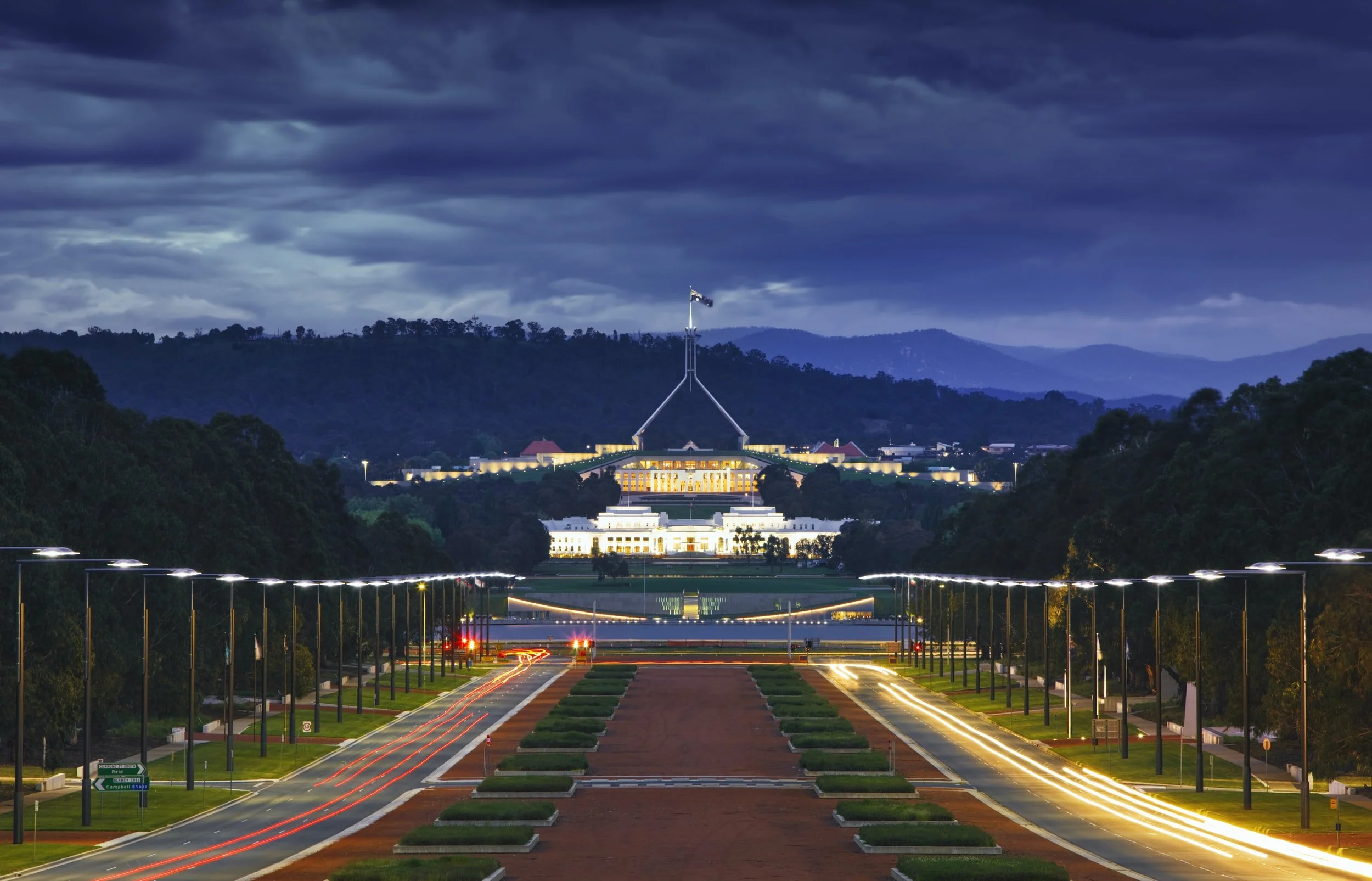In today’s post, Sulagna Basu (@sulagna_basu) and Briony Lipton (@briony_lipton) discuss the findings of their recent research into work attire and conceptions of professionalism, highlighting the minefield women negotiate on a daily basis.
Read MoreCommunities of colour have campaigned and organised our way out of becoming an election wedge. Marcella Brassett from Democracy in Colour explains how community organising has built the power and network of people of colour in Australia to self determine their own issues and solutions, to ensure racist vilification is not at the centre of election campaigning as it has been in the past.
Read MoreIn response to the COVID-19 pandemic, countries introduced border closures or restrictions that essentially paused most forms of mobility, with significant consequences for migrants, their countries of origin, and destination countries. A new report by the Migration Policy Institute explores the rationale for deeper international cooperation on migration, the obstacles impeding it, and ways forward.
Read MoreRefugees and asylum seekers in Australia face a myriad of challenges in accessing higher education. Welcoming Universities is a new initiative that aims to change that.
Read MoreThe lack of public acknowledgement of sexual violence against women and children during the first month of UK lockdown could have long-term implications not only for individuals but for the services put in place to support them, a group of UK experts have argued in an article published by the Journal of Gender-Based Violence.
Read MoreUniversity of Queensland PhD candidate Joanna Horton (@joanna_horton) and ARC DECRA Senior Research Fellow Dr Kiah Smith discuss their research on civil society participation in the implementation of the UN’s Sustainable Development Goals. For more on their work, see Dr Smith’s DECRA website Fair Food Futures.
Read MoreIn the wake of anti-poverty week Joey King, a community services professional and student living with mental illness, details the systemic pressures that keep her ‘dirt poor’ and homeless.
Read MoreEvents such as wild fires, floods, and droughts in all continents remind us of how fragile and vulnerable cities, communities, and wildlife are. In this blog Dr Juan Carlos Fallas Chinchilla examines the role engineering innovation has in relation to alleviating climate change; and debate the need for new technology alongside other policy instruments and how these can be complementary in tackling the climate emergency.
Read MoreIn this punchy piece about gender discrimination and employee dress codes, Dr Briony Lipton (@briony_lipton) discusses work clothing in the time of coronavirus. With reference to the Department of Home Affairs’ attempts to ban sleeveless blouses from video calls for employees working at home, Dr Lipton explores changing norms of workplace attire and the confusion they can entail…
Read MoreIn this short but powerful piece, PhD scholar and ANZSOG researcher Patrick Lucas (@paustinlucas) discusses how nature is valued in very different ways by different social groups, and how current policy frameworks struggle to account for this diversity. He explores the emerging framework of “relational values” and its potential to lead to more equitable and just outcomes in biodiversity conservation.
Read MoreOn the beautifully manicured courts of Wimbledon each summer, the shining image of tennis is on display. Superstars like Serena Williams, Naomi Osaka, Rafael Nadal and Novak Djokovic grace the crowd with their athletic prowess and earn significant financial rewards from the tournament, as well as through sponsorship deals from some of the world’s most recognized brands. However, this illusion contrasts starkly from the lived experience reality of most professional players.
Read MoreThe evidence has been well publicised: young people who have spent their formative years in public care are less likely than their peers to be in gainful employment, and more likely to become homeless, to become involved in crime or prostitution or to become long-term dependent on the state. A closer inspection of the data tends to reveal a much more nuanced picture: a small group of care leavers are ‘movers on’ who achieve educational, employment and wellbeing outcomes that are similar to those of their peers in the general population. A much larger group are survivors: they enter care significantly behind their peers in key areas of development and although, given the right support, they make progress, it takes time to narrow the gap, and their achievements, occurring relatively late in life, often go unrecognised. Only a relatively small group of care leavers fit the stereotype and struggle with very poor outcomes.
Nevertheless, we need to understand why, despite more evidence of success than is often acknowledged, the transition to adulthood from care can be problematic for too many young people who have been the responsibility of the state. In this blog, Harriet Ward and Mike Stein explore the transitions from care to adulthood through exploring historical narratives.
Read MoreLuke Michael (@luke_michael96) highlights findings from a new research report from Children and Young People with Disability Australia that suggest problems with NDIS implementation are many and varied, and are not likely to be fixed by the Government’s proposed major reform of Indpendent Assessments. He talks over the implications with the report’s lead author Professor Helen Dickinson.
Read MoreOne of the headline figures in Tuesday’s federal budget was a A$1.1 billion dollar investment in women’s safety. This came as part of a special women’s budget statement, which pitched the budget as helping provide women with “respect, dignity, choice, equality of opportunity and justice”. It also comes amid a national crisis in domestic violence. On average, one woman is killed every week in Australia by a male current or former partner. So does the budget deliver on its promise to prioritise women’s safety and equality at home and at work? Does it do enough?
Read MoreIn this post, Miqdad Asaria, Joan Costa-Font and Frank Cowell (London School of Economics) present their research on a seldom discussed topic - people’s aversion to income and health inequality in society. They argue that COVID-19 has made people more averse to inequalities, particularly if they have had COVID-19 themselves.
Read More




















